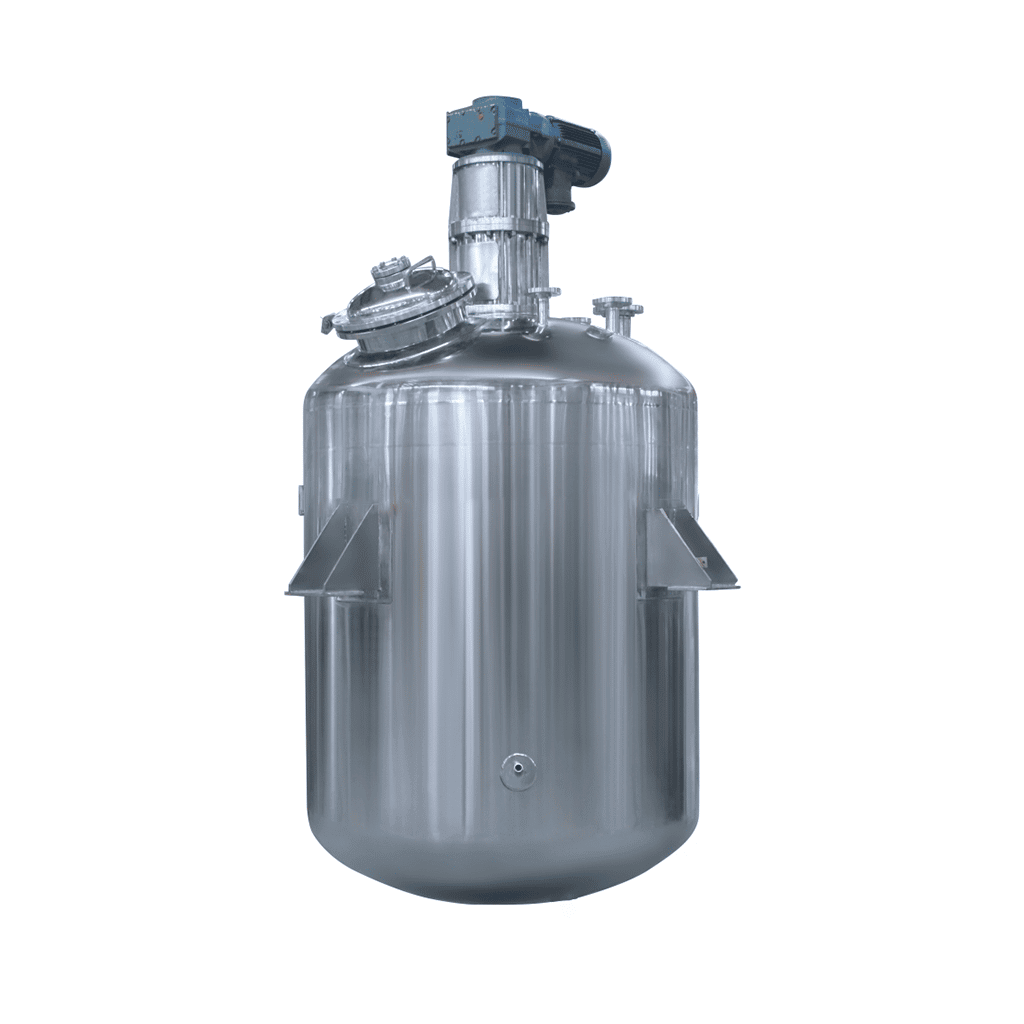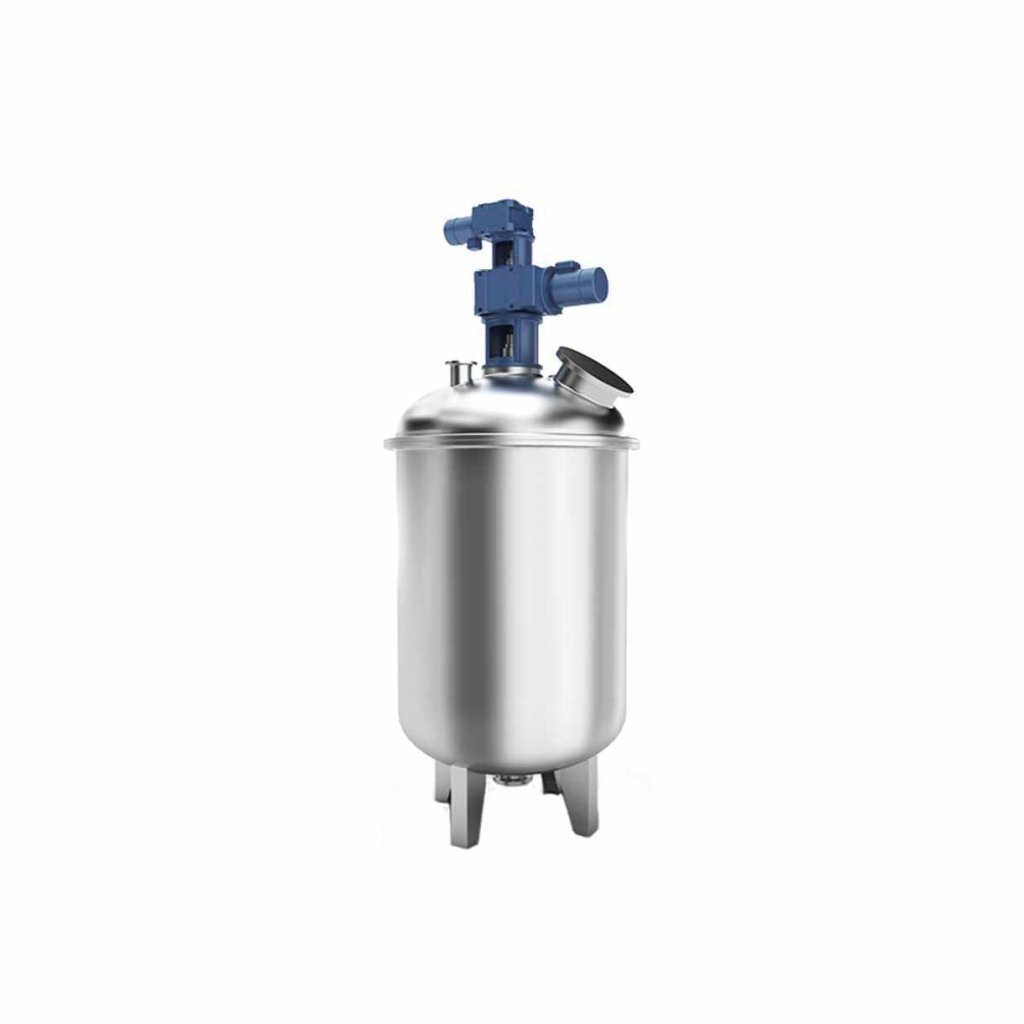
-24-1.jpg)
Stainless Steel Reactor
Stainless Steel Reactor: used in dairy products, sugar, beverages, and other fields
Material
stainless steel (316, 304)
Capacity (L)
10-10000+
Mixing system
anchor, paddle, frame and others
Heating system
electric heating, oil heating and others
A stainless steel reactor is a stainless steel container equipment. The stainless steel reactor consists of a kettle body, a kettle lid, a stirrer, a jacket, a bracket, a transmission device, a shaft seal device, etc. Materials and openings can be made according to user needs and process requirements. Stainless steel reactors are mainly used for stirring, homogenizing, and mixing storage of dairy products, sugar, beverages, food, and various pharmaceuticals.
Request a quoteThe stainless steel reactor is mainly composed of four major components: a tank, a jacket, a stirring device, and a support base. It is a container that is resistant to high temperatures, wear and tear and has high productivity. It can accept various physical and chemical reactions and has strong industrial uses. Therefore, stainless steel reactors need to be maintained with caution. For example, when cleaning, it is best to use some soft-bristled brushes for scrubbing. Never use some hard tools to scrape to avoid damage to the surface inside the container.

How to use a stainless steel reactor
The stainless steel reactor is reactive equipment, so you need to be careful when operating it. Otherwise, the stainless steel reactor may be damaged for some reason, causing the factory to be unable to produce normally. When using a stainless steel reactor, there are many operating procedures and methods of use. These methods need to be carefully understood when using stainless steel reactors to avoid equipment failure.
When using a stainless steel reactor, it should be noted that it must be used according to formal procedures. For example: Before operating, you need to understand in detail whether there are any abnormalities in the stainless steel reactor. During operation, you need to avoid opening the upper cover and some circuits to avoid electric shock, and you also need to operate strictly under pressure. During the pressure test, the pressure gauge needs to be carefully observed. When the pressure reaches the required level, the stainless steel reactor valve should be closed immediately.
In addition, during the heating process, it is also necessary to avoid heating up too quickly. When the stainless steel reactor is being heated, if the temperature is too high, do not touch the stainless steel reactor directly to avoid burns caused by excessive temperatures. After completing the work, the stainless steel reactor needs to be cooled down first. At the same time, it should be noted that rapid cooling is not allowed to avoid excessive temperature differences between hot and cold, which may cause damage to the stainless steel reactor. And when the equipment stops, the power must be turned off in time.
When using a stainless steel reactor, you need to pay attention to its operation to ensure that there are no faults. When problems occur, timely maintenance must be carried out to avoid affecting production efficiency. At the same time, all switches must be closed in place, so that they can work better without being affected by external influences.
When the stainless steel reactor is out of use, all accessories must be cleaned in time to avoid rust or deformation. After understanding in detail how to use the stainless steel reactor, you can operate it so that the equipment can work better.
Stainless steel reactors can work better only if they are maintained regularly. Regular inspection of various accessories and cleaning of the stainless steel reactor can ensure that there will be no faults during use. Only in this way can industrial production run normally, improve the efficiency of industrial production, and complete work better.




